A Novel Monoamine Modification Strategy Toward High-Performance Organic Solvent Nanofiltration (OSN) Membrane For Sustainable Molecular Separations
Source: https://www.elsevier.com
Author: Yan Chao Xu, Xi Quan Cheng, Jun Long, Lu Shao
Only logged in customers who have purchased this product may leave a review.
Related books
A Review of Reverse Osmosis Membrane Fouling and Control Strategies
A Review of Reverse Osmosis Membrane Fouling and Control Strategies
Perspectives And Applications Of Nanotechnology In Water Treatment
Perspectives And Applications Of Nanotechnology In Water Treatment
Desalination Technology in South Korea: A Comprehensive Review of Technology Trends and Future Outlook
Desalination Technology in South Korea: A Comprehensive Review of Technology Trends and Future Outlook
Governance of Artificial Intelligence in Water and Wastewater Management: The Case Study of Japan
Governance of Artificial Intelligence in Water and Wastewater Management: The Case Study of Japan
Calibration And Verification Of The Hydraulic Model For Blue Nile River from Roseries Dam To Khartoum City
Calibration And Verification Of The Hydraulic Model For Blue Nile River from Roseries Dam To Khartoum City
Fouling and Cleaning Characteristics of Reverse Osmosis (RO) Membranes
Fouling and Cleaning Characteristics of Reverse Osmosis (RO) Membranes
Removal Of Polar Organic Micropollutants By Pilot-Scale Reverse Osmosis Drinking Water Treatment
Removal Of Polar Organic Micropollutants By Pilot-Scale Reverse Osmosis Drinking Water Treatment
Nanotechnology in Water Treatment
Nanotechnology in Water Treatment
Engineered Nanomaterials for Water Treatment and Remediation
Engineered Nanomaterials for Water Treatment and Remediation
Sludge Biotic Index
Abstract
This study aimed to determine the relationship between activated sludge microfauna, the sludge biotic index (SBI) and the effluent quality of a full-scale municipal wastewater treatment plant (WWTP) working with shock organic and ammonium loadings caused by periodic wastewater delivery from septic tanks. Irrespective of high/low effluent quality in terms of COD, BOD5, ammonium and suspended solids, high SBI values (8–10), which correspond to the first quality class of sludge, were observed. High SBI values were connected with abundant taxonomic composition and the domination of crawling ciliates with shelled amoebae and attached ciliates. High SBI values, even at a low effluent quality, limit the usefulness of the index for monitoring the status of an activated sludge system and the effluent quality in municipal WWTP-treated wastewater from septic tanks. It was shown that a more sensitive indicator of effluent quality was a change in the abundance of attached ciliates with a narrow peristome (Vorticella infusionum and Opercularia coarctata), small flagellates and crawling ciliates (Acineria uncinata) feeding on flagellates.
Sludge Biotic Index
Abstract
This study aimed to determine the relationship between activated sludge microfauna, the sludge biotic index (SBI) and the effluent quality of a full-scale municipal wastewater treatment plant (WWTP) working with shock organic and ammonium loadings caused by periodic wastewater delivery from septic tanks. Irrespective of high/low effluent quality in terms of COD, BOD5, ammonium and suspended solids, high SBI values (8–10), which correspond to the first quality class of sludge, were observed. High SBI values were connected with abundant taxonomic composition and the domination of crawling ciliates with shelled amoebae and attached ciliates. High SBI values, even at a low effluent quality, limit the usefulness of the index for monitoring the status of an activated sludge system and the effluent quality in municipal WWTP-treated wastewater from septic tanks. It was shown that a more sensitive indicator of effluent quality was a change in the abundance of attached ciliates with a narrow peristome (Vorticella infusionum and Opercularia coarctata), small flagellates and crawling ciliates (Acineria uncinata) feeding on flagellates.

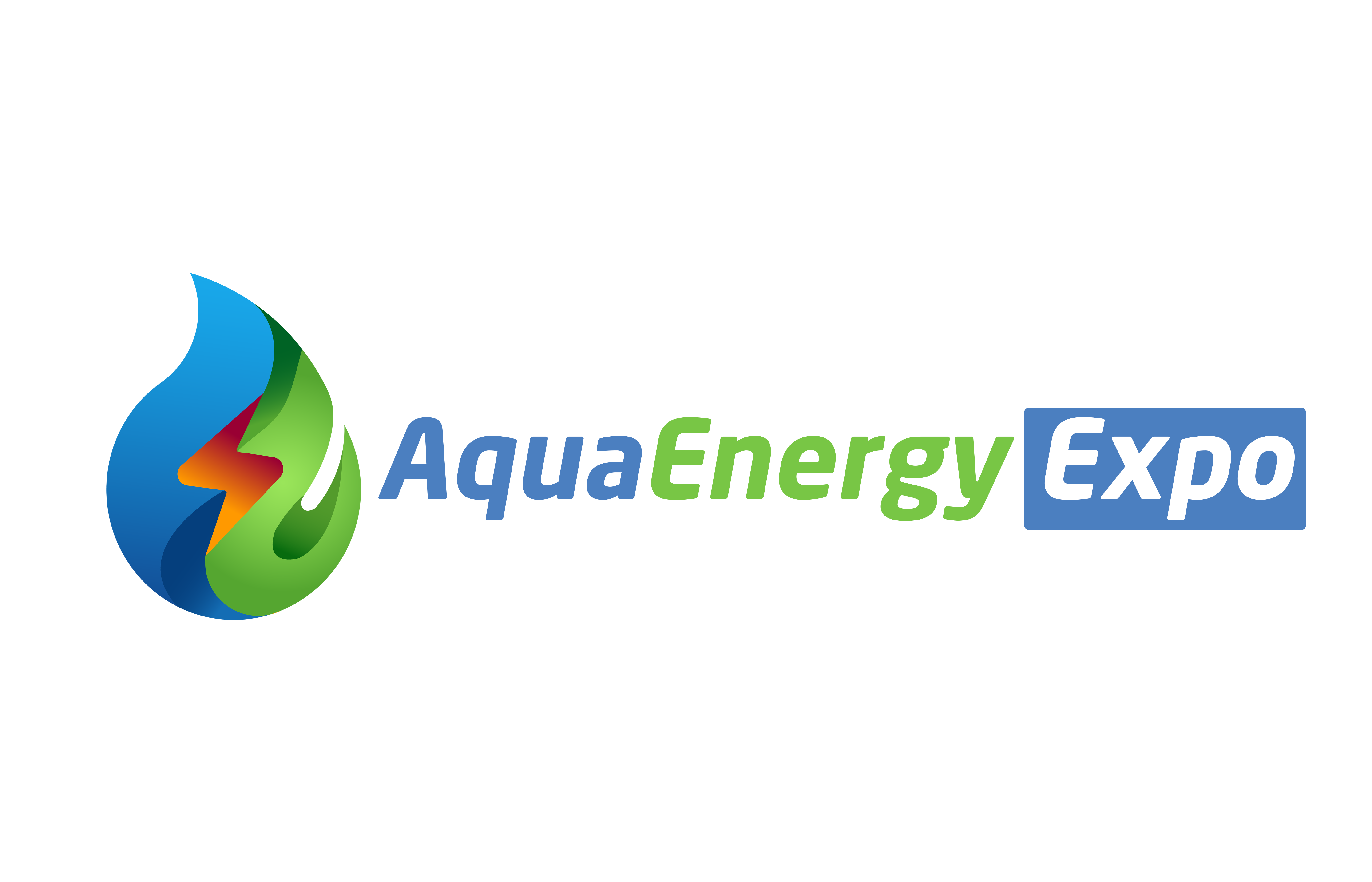

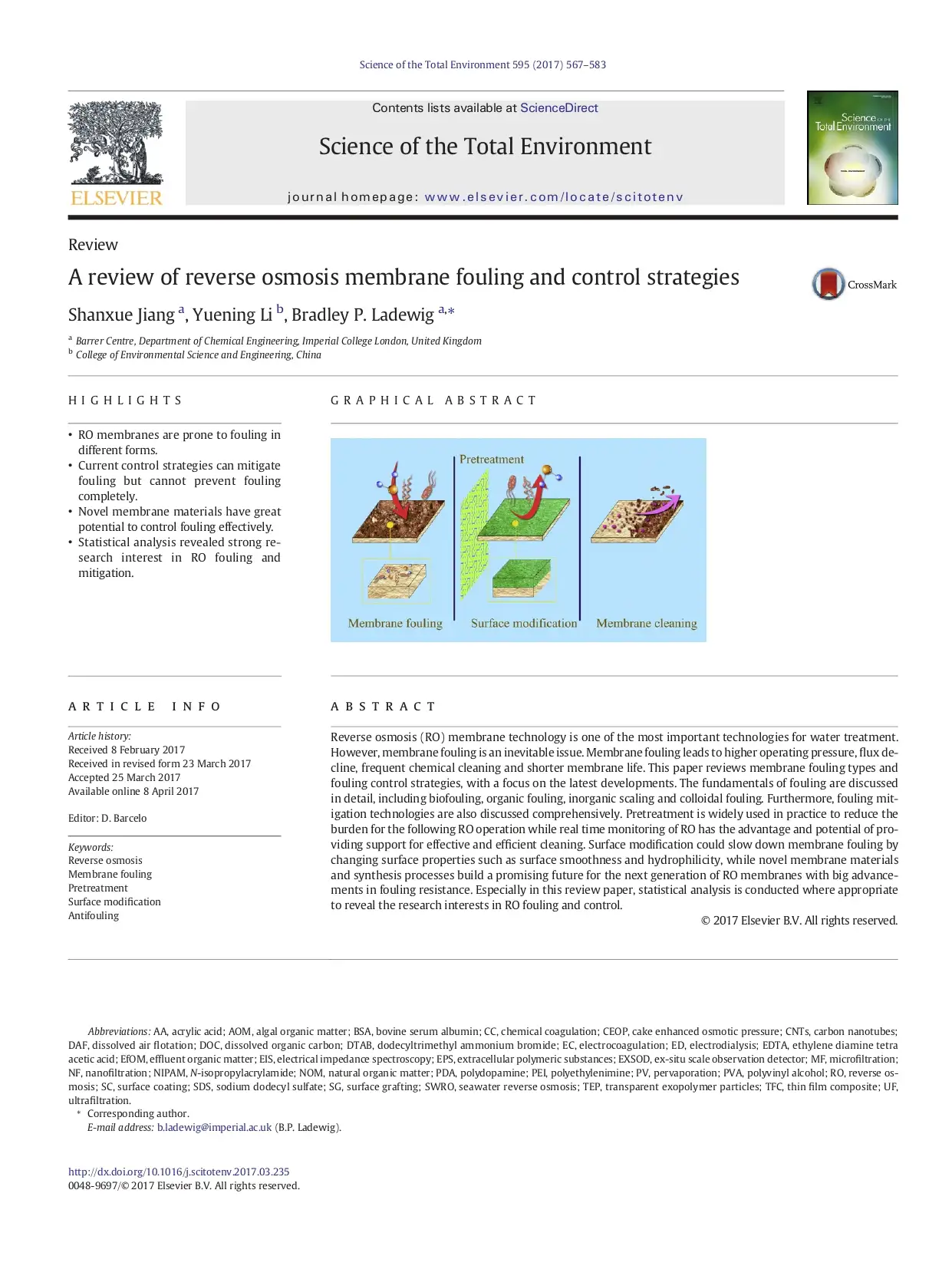

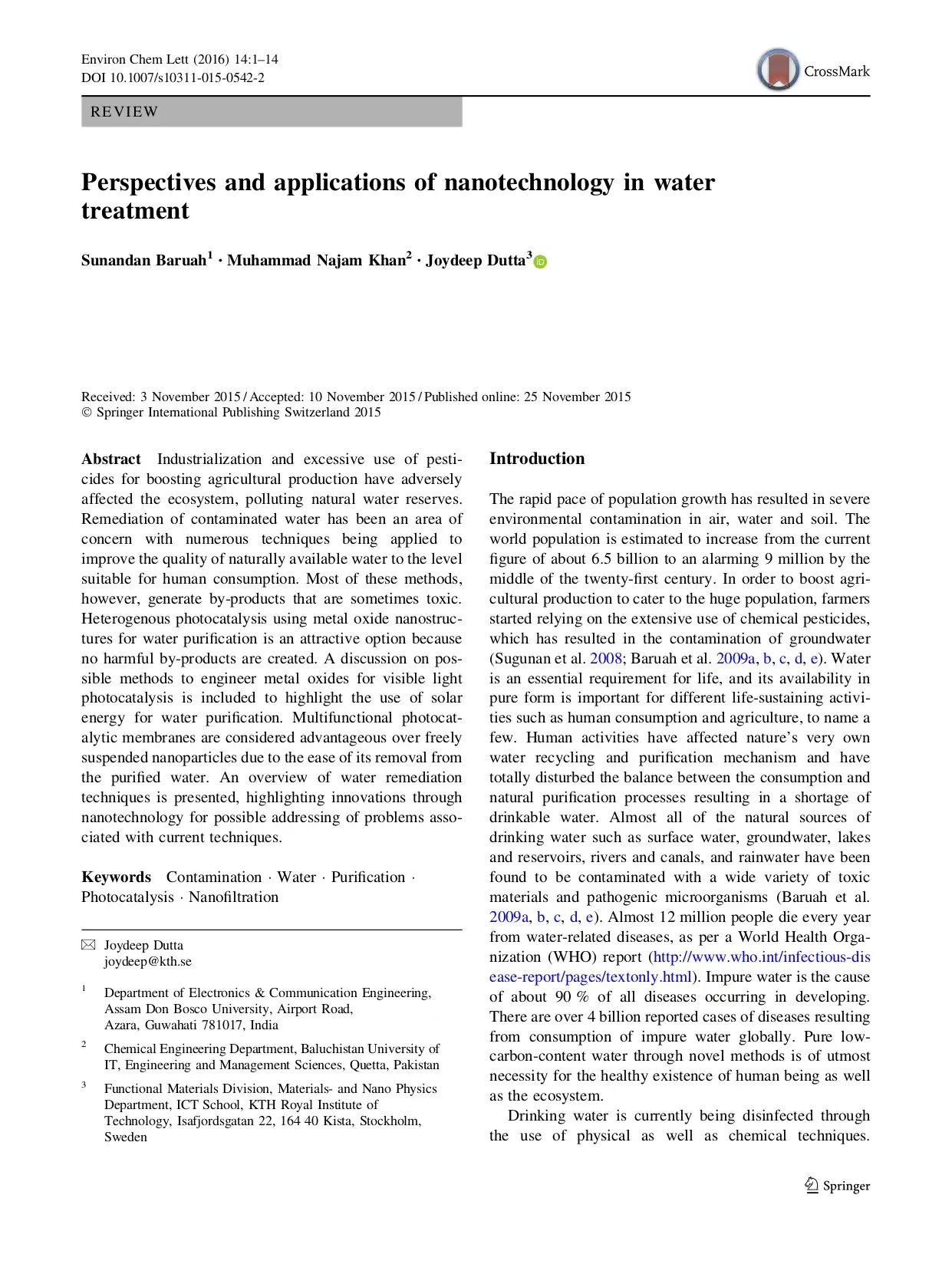
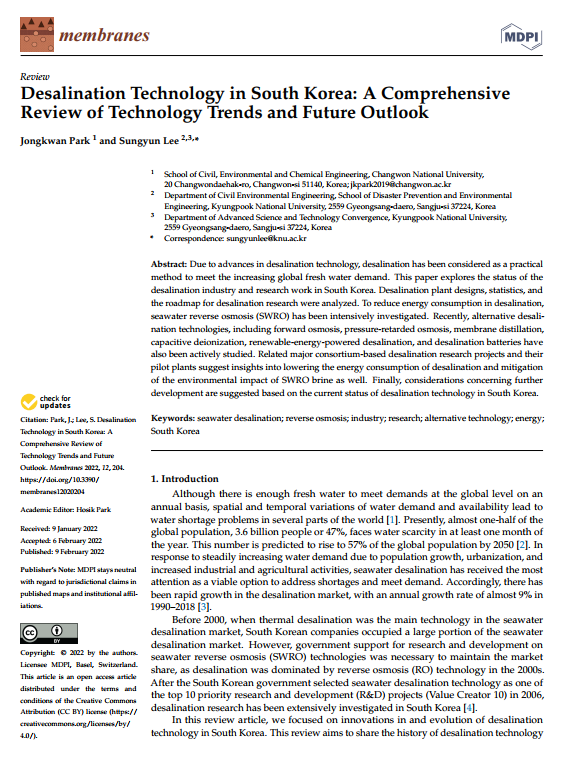
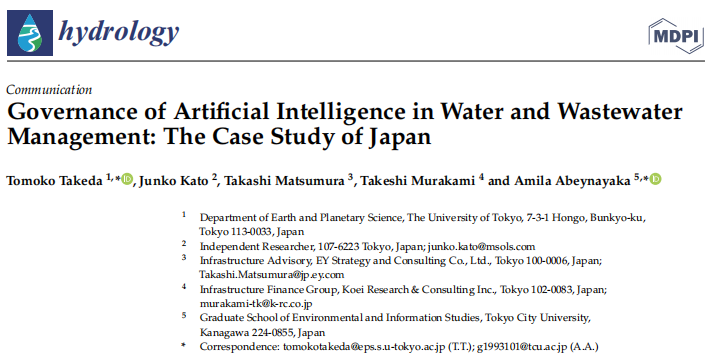
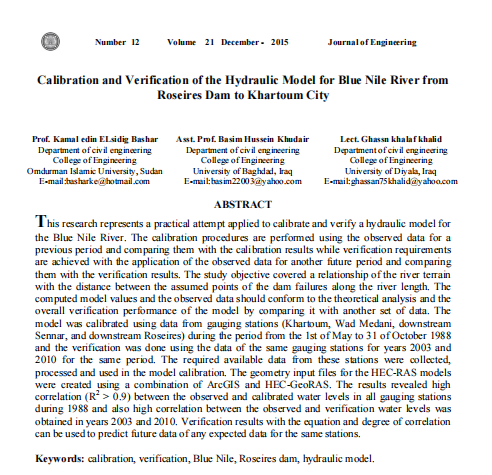
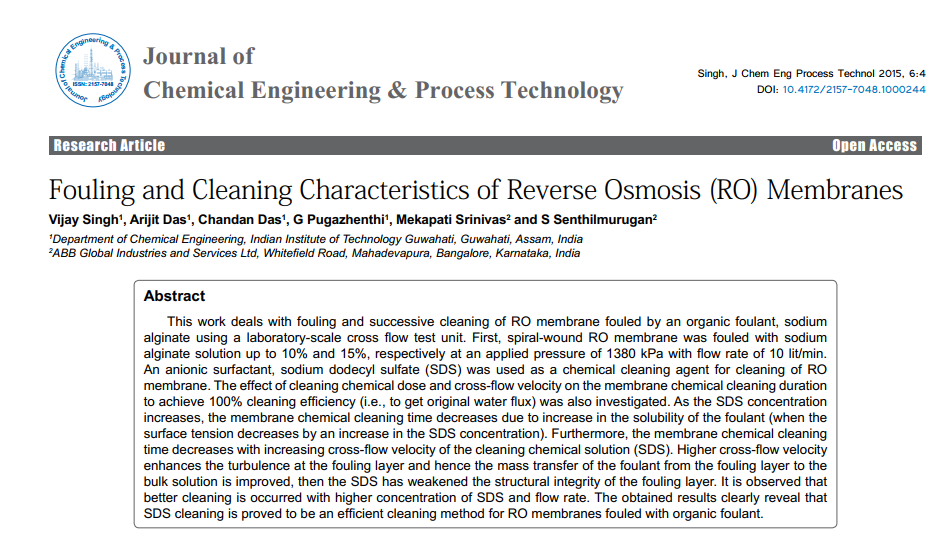
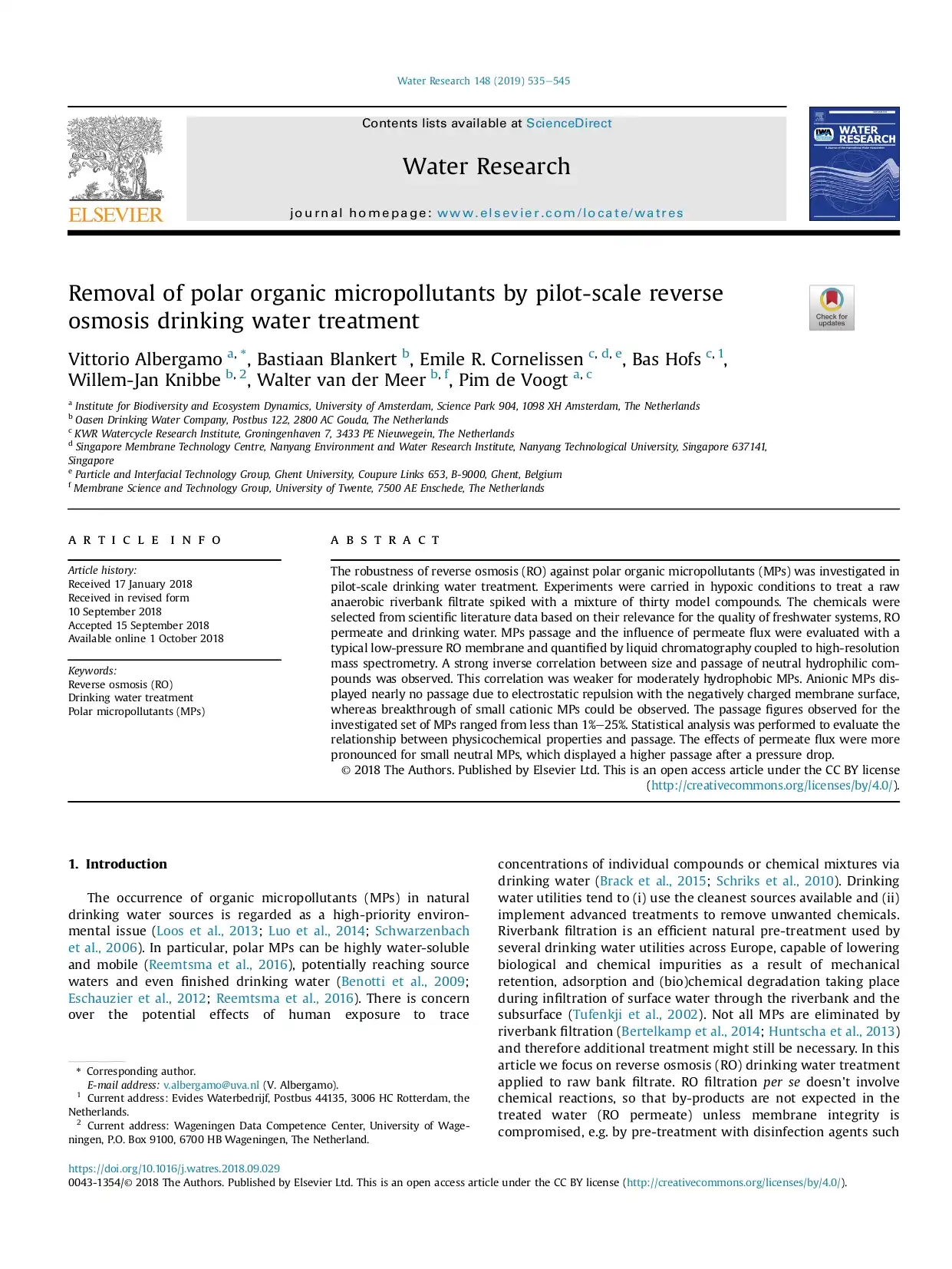
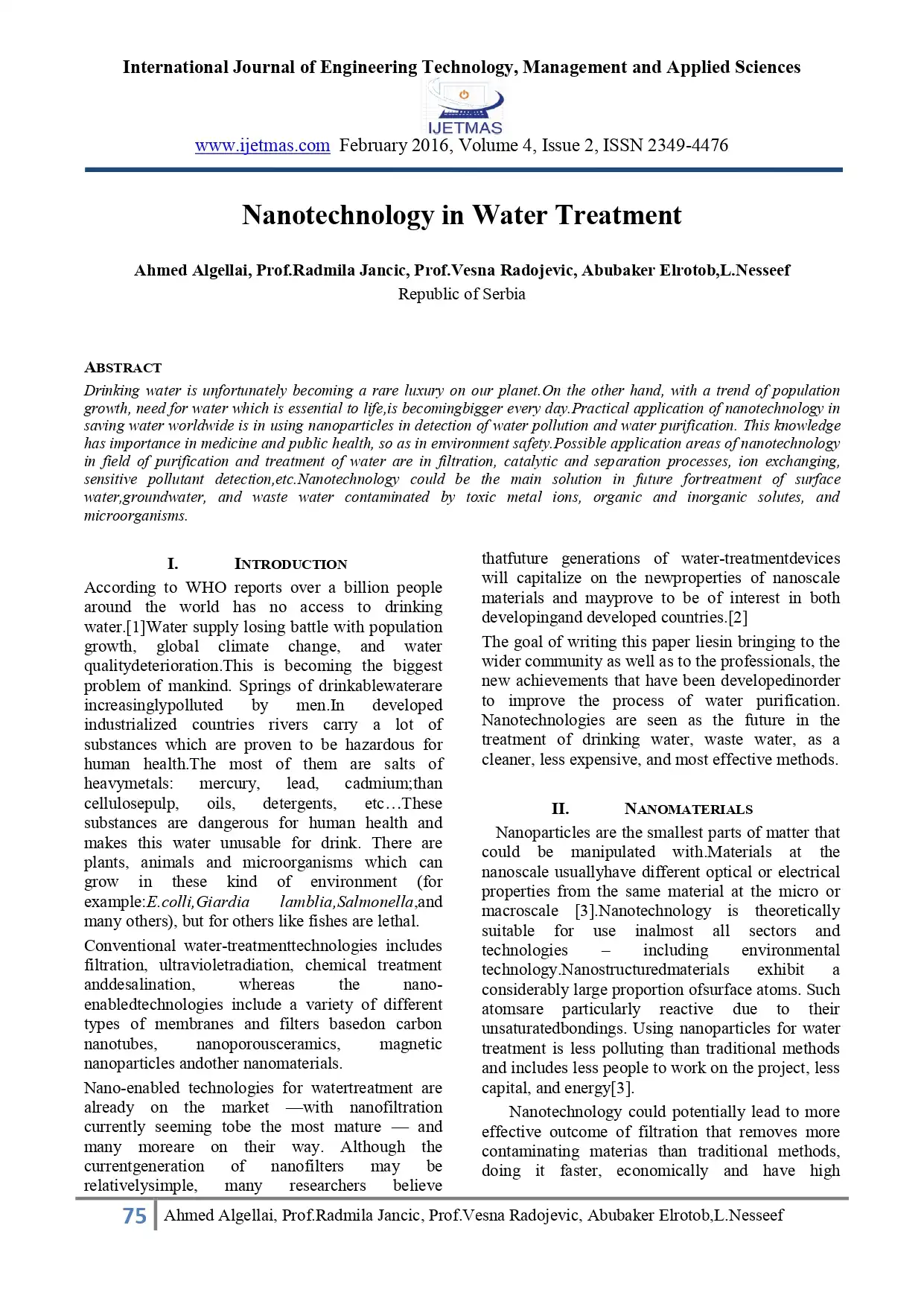

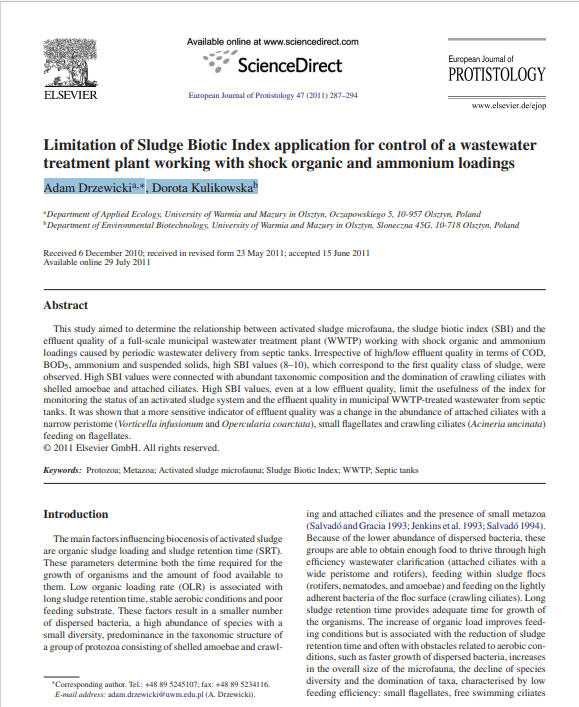
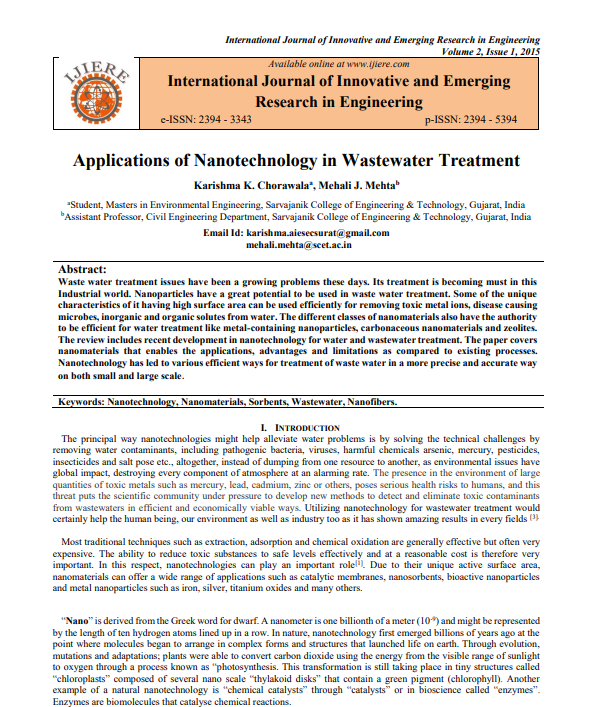
Reviews
There are no reviews yet.